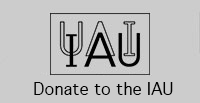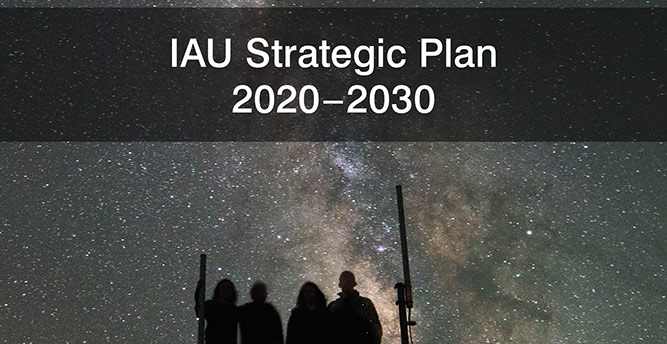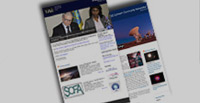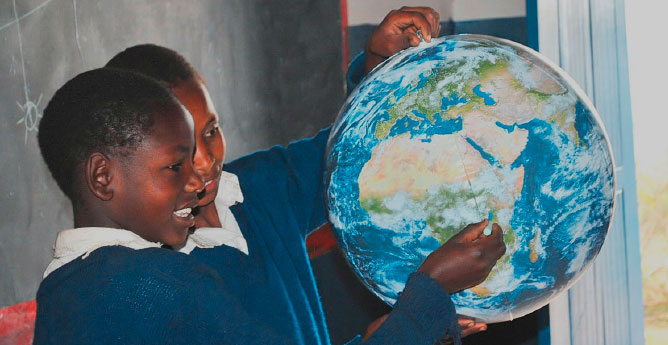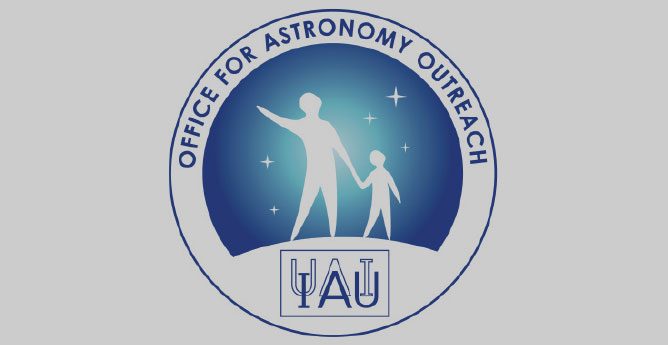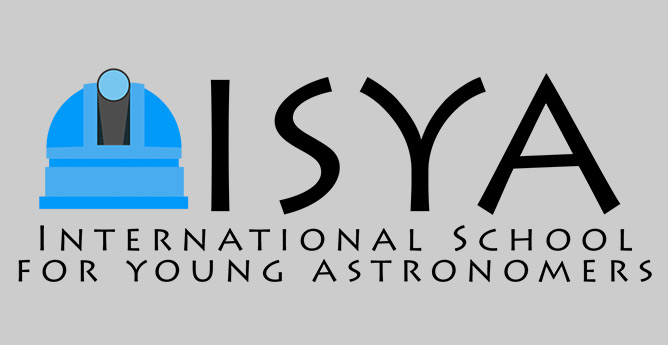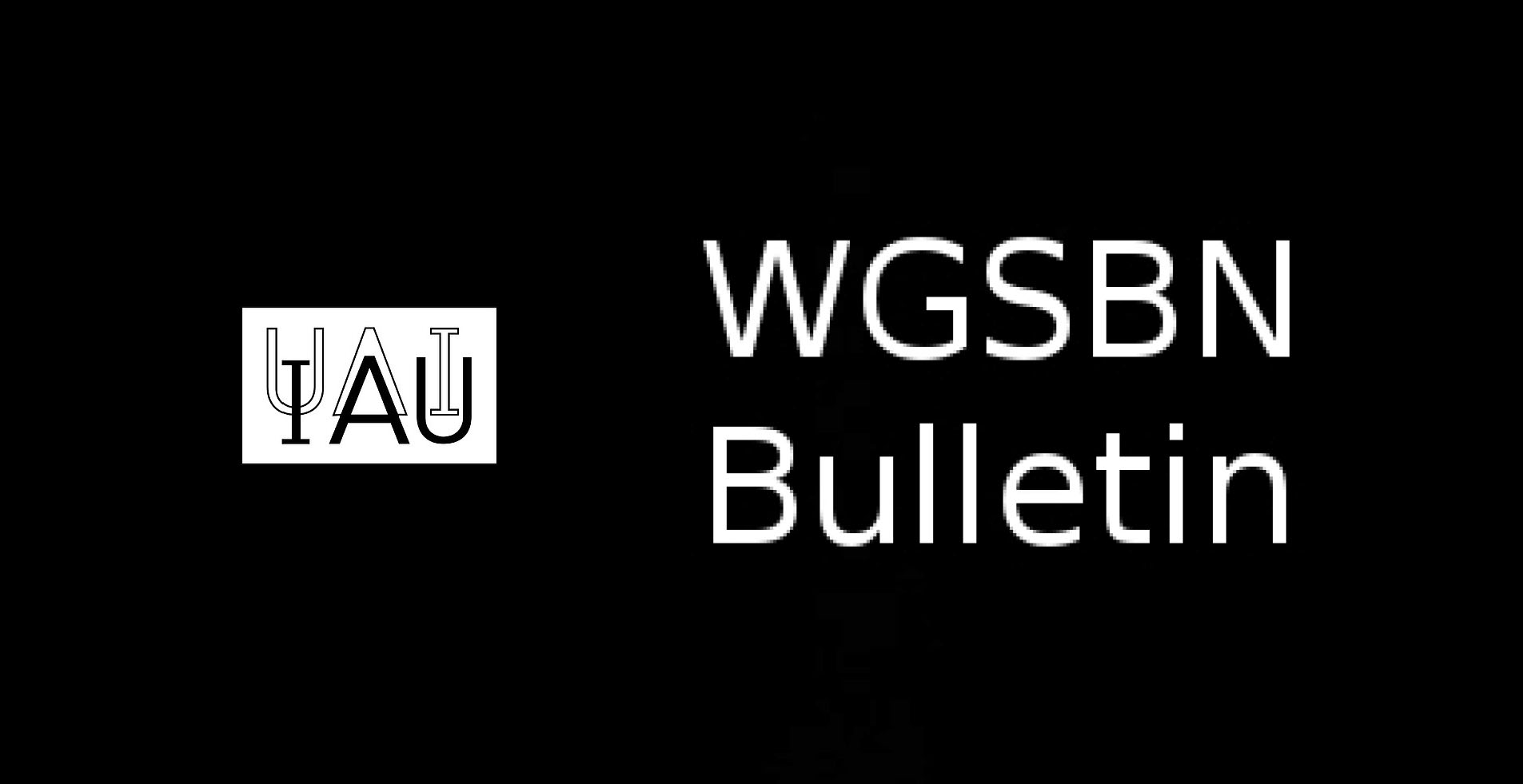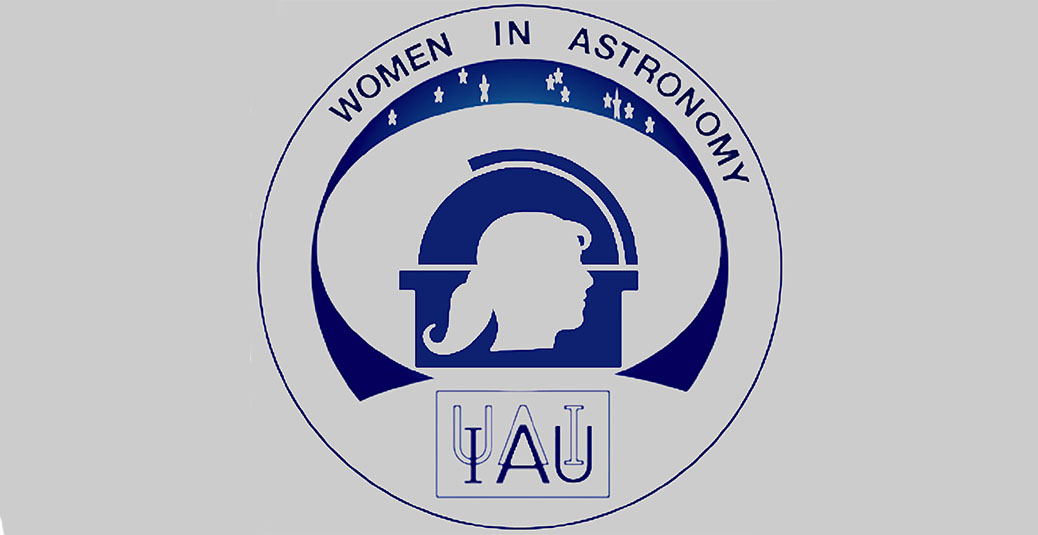- News
- Science
- Scientific Bodies
- Divisions
- Commissions
- Commission A1 Structure
- Commission A2 Structure
- Commission A3 Structure
- Commission A4 Structure
- Commission B1 Structure
- Commission B2 Structure
- Commission B3 Structure
- Commission B4 Structure
- Commission B5 Structure
- Commission B6 Structure
- Commission B7 Structure
- Commission C1 Structure
- Commission C2 Structure
- Commission C3 Structure
- Commission C4 Structure
- Commission C5 Structure
- Commission D1 Structure
- Commission E1 Structure
- Commission E2 Structure
- Commission E3 Structure
- Commission E4 Structure
- Commission F1 Structure
- Commission F2 Structure
- Commission F3 Structure
- Commission F4 Structure
- Commission G1 Structure
- Commission G2 Structure
- Commission G3 Structure
- Commission G4 Structure
- Commission G5 Structure
- Commission H1 Structure
- Commission H2 Structure
- Commission H3 Structure
- Commission H4 Structure
- Commission J1 Structure
- Commission J2 Structure
- Commission J3 Structure
- Commission X1 Structure
- Commission X2 Structure
- Past Commission Organising Committees
- Working Groups
- Centres
- Scientific Meetings
- Rules & Guidelines
- General Assemblies
- Meeting Proposals
- Future IAU Meetings
- General Assemblies
- EC Meetings
- Officers' Meetings
- Regional Meetings
- Symposia
- Focus Meetings
- Institutional Meetings
- IAU Offices Meetings
- IAU-Sponsored Meetings
- Letters of Intent submitted for 2024
- Letters of Intent submitted for 2023
- Letters of Intent submitted for 2022
- Letters of Intent submitted for 2021
- Letters of Intent submitted for 2020
- Past IAU Meetings
- Templates
- Other Meetings
- Grants & Prizes
- Scientific Bodies
- Publications
- IAU Publications
- IAU Strategic Plan
- Symposia
- WGSBN Bulletins
- Regional Meetings
- Information Bulletins/Catalyst
- E-Newsletters
- Focus Meetings
- Transactions A
- Transactions B
- Related Publications
- GA Newspapers
- CAPjournal
- IAU Books
- Brochures
- IAU Offices
- WG Reports
- Commission Reports
- Division Reports
- Past IAU Publications
- Rules, Guidelines and Instructions for Proceedings
- Publishers
- IAU Publications
- Administration
- About the IAU
- Statutes & Rules
- IAU Policies
- IAU Executive Bodies
- IAU Secretariat
- Resolutions
- Members Administration
- Administrative Dates & Deadlines
- International Organisations Relations
- Donate to the IAU
- Training in Astronomy
- Astronomy for Education
- Astronomy for Development
- Astronomy for the Public
- Office for Astronomy Outreach
- FAQ
- Themes
- Satellite Constellations
- Astronomy in Everyday Life
- How to Report a Discovery
- Careers in Astronomy
- Defining our Place in the Cosmos
- The Constellations
- Light Pollution
- Measuring the Universe
- Near Earth Objects
- How to Participate in Astronomy Research
- Naming of Astronomical Objects
- Naming of Exoplanets
- Buying Star Names
- Naming Stars
- Pluto and the Solar System
- IAU Member Statistics
- Our Moon: the Moon
- Meteors & Meteorites: The IAU Definitions of Meteor Terms
- UNESCO-IAU Portal to the Heritage of Astronomy
- Social Media
- Past Events
- Call for Online Resources
- Astronomy@Home Awards
- Contact

May A. Kaftan
United States
1928-2020
Obituary:
May Arif Kaftan was born on 14 January 1928 in Baghdad. Her father, Ahmed Arif Kaftan was an officer in the Ottoman Empire and became a government official in the Iraqi Kingdom and later Republic. He decisively influenced the future life of his two daughters by sending them for their education to England. Shortly after the end of the second World War May arrived in Manchester on a scholarship of the Iraqi Kingdom to start her study in physics at the University. She obtained her bachelor degree in physics in 1949. Her main interest was in astronomy and she was successful in acquiring a scholarship for graduate studies at Harvard University. She married a medical student Sami Elskeikh Kassim, who also studied at Harvard.
At Harvard Professor Bart Bok developed a program in the new branch of Radio Astronomy in the early 1950s and May was a member of the first cohort of radio astronomers educated in the USA. Several became leading figures in US radio astronomy. Of those, Dave Heeschen, Frank Drake, Campbell Wade, Kochu Menon and Bill Howard constituted the first staff of NRAO in the late 1950s. May obtained her PhD at Harvard in 1958 and joined NRAO in September 1964 as a Research Associate, about a year after my wife and I had arrived there.
She arrived in Green Bank with her 5 year old son, Namir, and her red MG Sports-car and became our neighbor in the apartments section of the NRAO residence hall. A friendship between our small families started. Quickly we, and most at the Observatory, learned that a strong but open minded and delightfully humorous colleague had joined our ranks. We could use that in the loneliness of Green Bank. Next to her research, May tended to a tiny garden where she wanted to grow tomatoes. A local farmer warned her not to forget the fertilizer, which she applied so abundantly that the plants withered away before bearing fruit. With the completion of several telescopes, NRAO at Green Bank was an exciting place with a growing international staff and a stream of visitors. May participated in its development until July 1966. She then joined the faculty of the State University of New York (SUNY) in Albany as Professor of Astronomy. She practiced teaching and communicating with students with great enthusiasm.
During this period May initiated renewed contacts with Iraq and the increasing interest in science and engineering, helped by the improving economic situation in that country. In 1974 President Ahmed Hassan Al-Bakr personally asked her to return to Iraq and lead the creation of a new Iraqi Astronomical Observatory. Preliminary plans for the observatory included telescopes for both optical and radio astronomy. May accepted this challenging task of guiding her country to a level of competitive astronomical research. When she arrived in Baghdad in 1976 preliminary discussions were underway with potential suppliers of the telescopes. Considering the political atmosphere in Iraq and its friendly relation with the Soviet Union, these suppliers were at the time limited to east of the iron curtain countries, in particular Zeiss-Jena in the German Democratic Republic. May quickly discovered that these companies were used to dictating to the prospective customer what they could, and by implication would, deliver. This was unacceptable to her and with staunch determination she convinced the Iraqi government that only vendors fully accepting the agreed performance and fabrication specifications could furnish Iraq with a world-class observatory. This enabled her to draw on expertise from her network of US, European and Asian colleagues and the telescope projects that were being realized over the world.
May contacted Peter Mezger, whom she knew from her Green Bank years and who was now Director of the Max-Planck-Institut für Radioastronomie (MPIfR) in Bonn, Germany, and asked for assistance. As a result she selected for the radio telescope a copy of the 30 m diameter millimeter telescope that MPIfR had contracted with the Consortium Krupp-MAN of Germany. She also negotiated significant help from MPIfR for the development of receivers and control software. This included training of a number of young Iraqi engineers in laboratories of MPIfR. Several arrived in Bonn in the early eighties, but after only a few months they were ordered to return, obviously to serve in the war against Iran. For the optical telescopes the choice went to copies of the Zeiss-Oberkochen 1.5 m and 3.6 m telescopes of the MPI für Astronomie in Heidelberg. The final contract for the telescopes and the entire infrastructure on the site, Mt. Korek near Erbil in Northern Iraq/Kurdistan, amounted to 360 million Deutsche Mark.
In the spring of 1980 I spent a week with May and her group in Baghdad. The city was a surprise to me. It had the flair of Paris or Barcelona full of young people, almost all smoking while walking along the Tigris and barely a veil in sight. It was a short period where things went well for Iraq and Saddam Hussein‘s power had not yet become suppressive. I witnessed May‘s great enthusiasm with which she was promoting the project to the general public and the politicians. She appeared twice on Television that week to explain the goal of the Observatory. With great energy and almost motherly love she introduced the freshly hired young engineers and astronomers engaged in the details of the project, assisted by myself and the stack of documents I had brought with me. Her positive impact on these young people would far outlast the project.
During dinner with her large family I asked how they lived unperturbed by the dictatorial style of Saddam Hussein. She answered that her father had been throughout his long service in the government probably the only totally incorruptible person. Unfortunately, internal politics did play a nasty role in her job. While she was loved by her new young staff, some older astronomers, members of the Ba‘ath Party, which May was not, agitated against her and caused a decrease in her authority. She organized a symposium to dedicate the Iraqi Astronomical Observatory in January 1982 with about two dozen invited colleagues from the institutes who had helped her in the project. When we arrived in Baghdad, now during the war with Iran, May was not there. Resisting compromises and outside decisions that in her opinion would jeopardize the project, she resigned from her position and quickly left the country for the USA.
The construction of the observatory went forward during the war and by mid-1985 the large millimeter telescope was nearly finished when Iranian fighter jets bombed the observatory and damaged the telescope. In the end, the observatory was never completed.
Back in the USA she needed some time to recover from the humiliating treatment she experienced from her Iraqi colleagues. It was hard to return to full research, but she collaborated with her old friend Barry Turner at NRAO. She served as a visiting professor at Agnes Scott College in Atlanta GA teaching astronomy, which gave her much pleasure. Despite her break with the Iraqi Observatory she represented Iraq on the UN Council COSPAR and the Committee on the Peaceful Uses of Outer Space (COPUOS). Her strong love for her native country undoubtedly made her accept these official assignments.
May settled to a quiet life in professional retirement but full of activity with her family. She saw her son marry an Iraqi woman and have children - they were the joy of her life. She also stayed very close to her sister Latifa Arif Kaftan and her children. While much of their shared later years were saddened by the events in Iraq, they took great pleasure from the success of their children. She died peacefully after a short illness on 23 July 2020 in Alexandria, VA at the age of 92.
Contributed by Jaap Baars (with assistance from Namir Kassim on biographical details)
References:
https://rahist.nrao.edu/kassim_bio-memoir.shtml
https://en.wikipedia.org/wiki/May_Kaftan-Kassim
Past affiliation(s) within the IAU
- Past Member of Division B Facilities, Technologies and Data Science (until 2020)
- Past Member of Division H Interstellar Matter and Local Universe (until 2020)
- Past Member of Commission 34 Interstellar Matter (until 2015)
- Past Member of Commission 40 Radio Astronomy (until 2015)
- Past Member of Division VI Interstellar Matter (until 2012)
- Past Member of Division X Radio Astronomy (until 2012)
Search individual members
